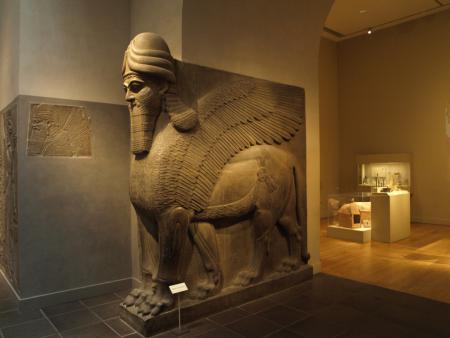One area that is emerging of in the arena of social interaction is self-disclosure in a class room environment as well as the challenges that instructors face coping with individual boundaries. Melanie Booth composed a write-up talking about this problem, integrating her experiences that are personal. And even though self-disclosure challenges boundaries between teacher-student or student-student, she states they have learned to their life in a deeper more meaningful way that it can offer “transformative” learning opportunities that allow students to apply what. She concludes that the “potential boundary challenges related to pupil self-disclosure may be proactively handled and retroactively addressed with careful idea and action sufficient reason for empathy, respect, and ethical reactions toward our students” (Booth).
Because social communication could be the main means by which we become familiar with other people as unique people, it is vital to realize the part of self-disclosure. Self-disclosure is the method of exposing information about yourself to other people that isn’t easily understood by them—you need certainly to disclose it. In face-to-face interactions, telling somebody “I have always been a white woman” would not be self-disclosure because see your face can perceive that in regards to you without getting told. Nevertheless, exposing, unless you tell them“ I am an avid surfer” or “My favorite kind of music is “electronic trance” would be examples of self-disclosure because these are pieces of personal information others do not know. Considering that our concept of social interaction calls for visitors to “build understanding of each other” to make it to understand them as unique people, the need for self-disclosure must certanly be apparent.
You will find levels of self-disclosure, which range from fairly safe (exposing your hobbies or musical choices), to more individual subjects (illuminating fears, dreams money for hard times, or dreams). Typically, as relationships deepen and trust is set up, self-disclosure increases both in breadth and level. We have a tendency to disclose facts that you said that) about ourselves first (I am a Biology major), then move towards opinions (I feel the war is wrong), and finally disclose feelings (I’m sad. an essential facet of self-disclosure could be the guideline of reciprocity. This guideline states that self-disclosure between two different people is most effective in forward and backward fashion. Once you tell someone one thing personal, you almost certainly anticipate them to accomplish exactly the same. Whenever one individual reveals significantly more than another, there might be an imbalance into the relationship considering that the person who self discloses more may feel susceptible because of sharing more individual information.
One method to visualize self-disclosure could be the Johari Window which arises from combining the initial names associated with window’s creators, Joseph Luft and Harry Ingham. The screen is divided in to four quadrants: the arena, the blind spot, the facade, together with unknown (Luft).

The arena area contains information that is proven to us also to others, such as for instance our height, hair color, occupation, or major. As a whole, we’re comfortable discussing or exposing these subjects with a lot of people. Information when you look at the spot that is blind those ideas that could be obvious to other people, yet our company is unacquainted with it in ourselves. The practice of playing with your own hair whenever stressed could be a practice that other people have actually seen you never have. The 3rd area, the faГ§ade, contains information this is certainly concealed from other people it is proven to you. Past errors or failures, embarrassing moments, or genealogy are subjects we typically hold near and expose just into the context of safe, long-lasting relationships. Finally, the area that is unknown information that neither other people, nor we, find out about. We can’t discover how we shall react whenever a parent dies or simply just that which we does after graduation until the experience happens. Once you understand us to have a healthy, well-rounded self-concept about ourselves, especially our blind and unknown areas, enables. Even as we make choices to self-disclose to others, we have been participating in negotiating relational dialectics.
Relational Dialectics
A good way we are able to better comprehend our individual relationships is by comprehending the idea of relational dialectics. Baxter describes three relational dialectics being constantly at play in social relationships. Basically, they have been a continuum of requirements for every single participant in a relationship that needs to be negotiated by those included. Let’s just take a better consider the three main relational dialectics which can be at work in most relationships that are interpersonal.
Autonomy-Connection relates to our have to have close experience of other people in addition to our need our very own room and identification. We possibly may miss our intimate partner if they are away but simultaneously enjoy and cherish that only time. You probably want to be around the other person as much as possible when you first enter a romantic relationship. Since the relationship grows, you probably start to desire satisfying your dependence on autonomy, or only time. Atlanta divorce attorneys relationship, each individual must balance simply  how much time and energy to invest utilizing the other, versus simply how much time for you to invest alone.
how much time and energy to invest utilizing the other, versus simply how much time for you to invest alone.

Leave A Comment